There's something magical about watching german pancakes puff up in the oven, transforming simple ingredients into a golden, cloud-like masterpiece. I still remember the first time I made german pancakes in my grandmother's kitchen; the way they rose dramatically in the cast iron skillet left me absolutely amazed. These aren't your typical stovetop pancakes; they're baked to perfection, creating crispy edges and a soft, custardy center that'll make your morning feel special. Whether you call them german pancakes or Dutch babies, this recipe delivers restaurant-quality results right in your home kitchen.
The beauty of german pancakes lies in their simplicity and versatility. With just six basic ingredients and about 25 minutes, you can create an impressive breakfast that looks like it came from a fancy brunch spot. The batter comes together in minutes, and the oven does all the hard work while you sip your coffee and set the table.
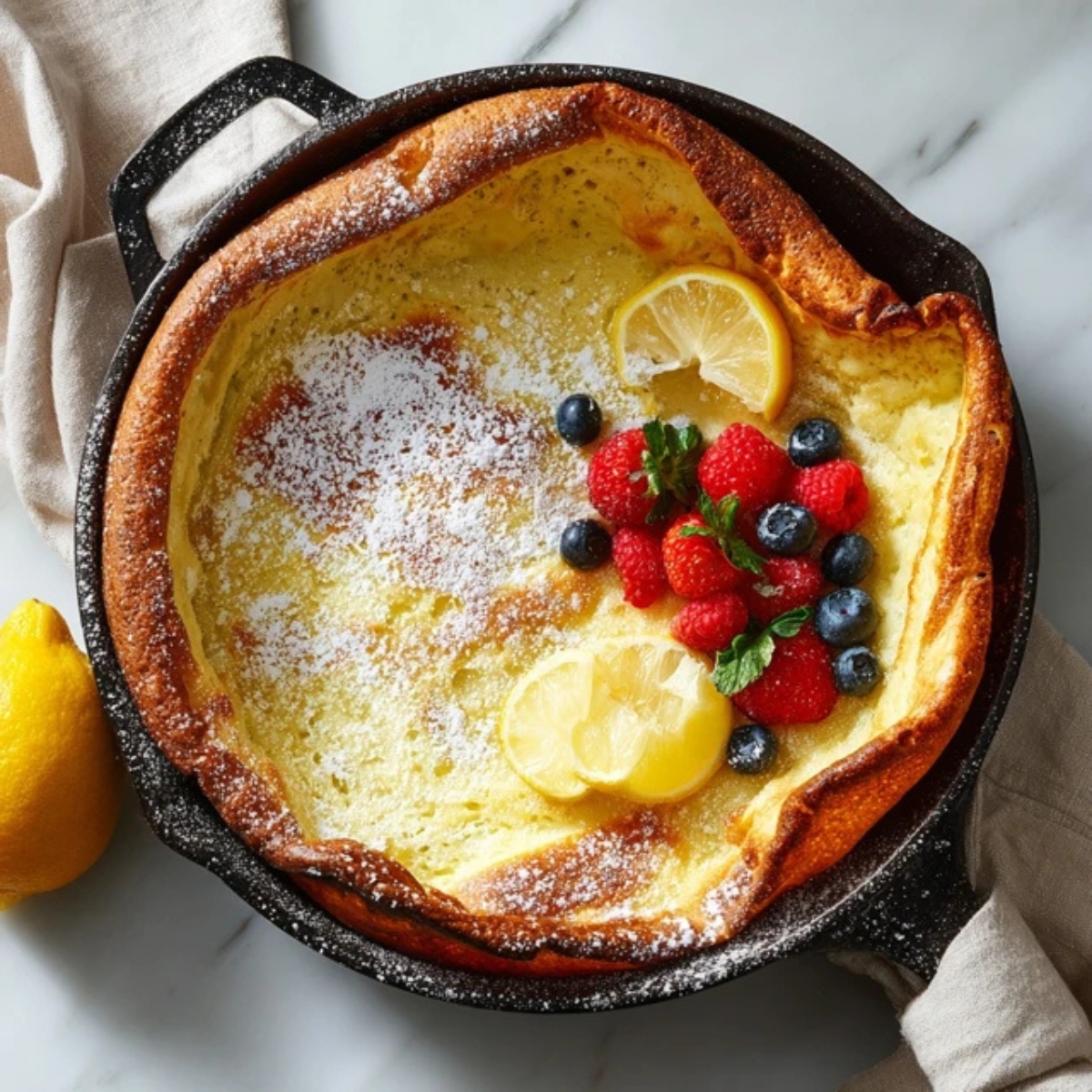
Background & Why This Recipe Stands Out
German pancakes have been a beloved breakfast tradition for generations, originating from European baking techniques that combine the best of popovers and traditional pancakes. Unlike regular pancakes that require constant attention at the stove, german pancakes bake hands-free in the oven, making them perfect for busy mornings or when you're hosting guests. The dramatic puff that happens during baking isn't just for show; it creates those signature crispy edges and airy texture that make german pancakes so addictive.
What makes this german pancakes recipe truly special is its foolproof method that works every single time. I've tested countless variations, and this version strikes the perfect balance between structure and fluffiness. The secret lies in the ratio of eggs to flour and the high oven temperature that creates steam, causing the batter to rise spectacularly. Plus, german pancakes are incredibly adaptable; you can top them with anything from fresh berries and powdered sugar to savory options like bacon and cheese, making them suitable for any meal of the day.
Jump to:
Ingredients
For the German Pancakes Batter:
- Eggs (room temperature works best)
- Whole milk (can substitute with 2% milk)
- All-purpose flour (or almond flour for low carb version)
- Granulated sugar
- Pure vanilla extract
- Salt
- Unsalted butter (for the skillet)
For Serving:
- Powdered sugar for dusting
- Fresh lemon wedges
- Pure maple syrup
- Fresh berries (strawberries, blueberries, or raspberries)
- Whipped cream (optional)
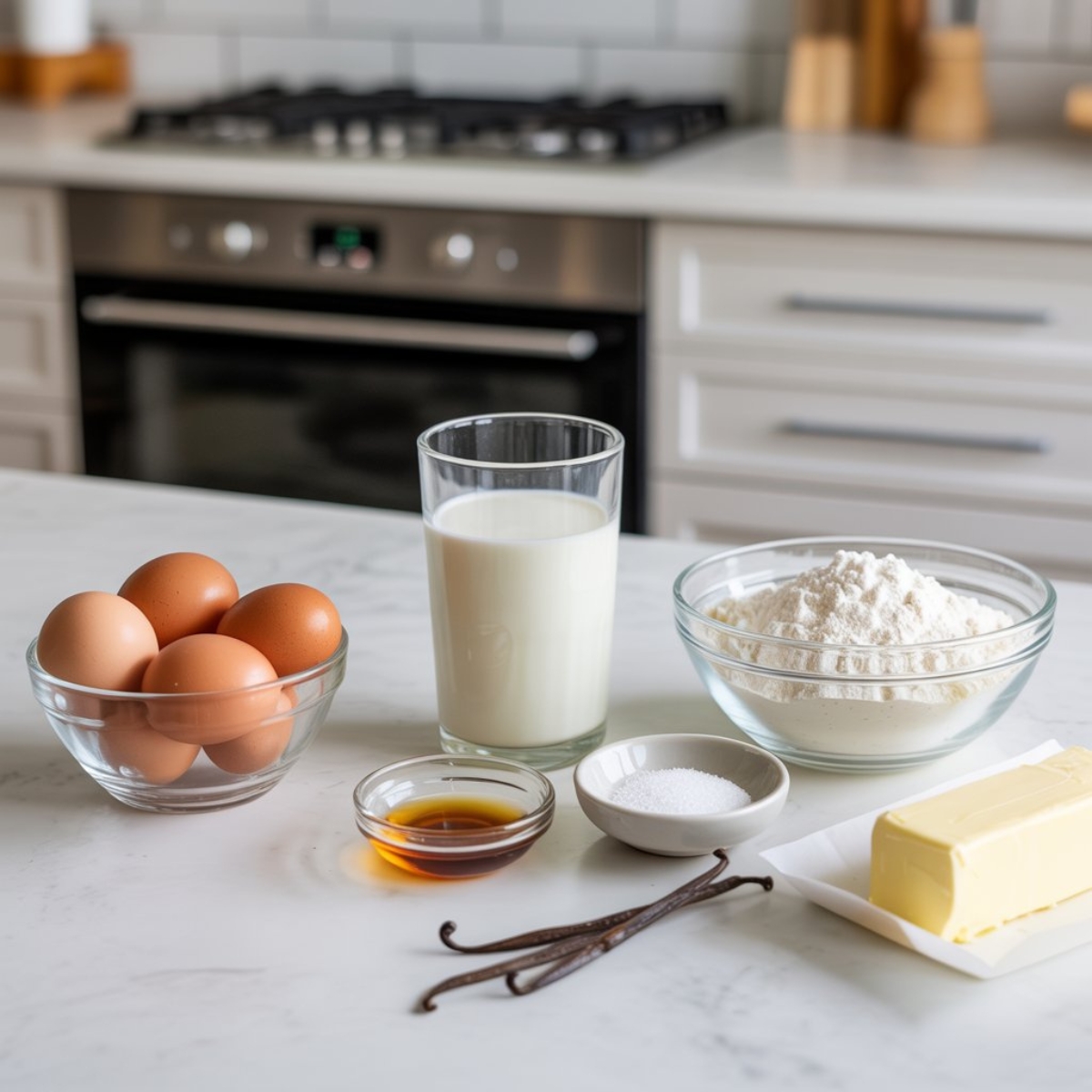
See recipe card for quantities.
Instructions
Step 1: Prepare Your Oven and Skillet
- Preheat your oven to 425°F (220°C); this high temperature is crucial for achieving that signature puff.
- Place your 12-inch cast iron skillet or oven-safe pan in the oven while it preheats.
- Gather all your ingredients and measuring tools to make the process smooth.
- Let your eggs and milk sit at room temperature for about 10 minutes if they've been refrigerated.
Step 2: Mix the German Pancakes Batter
- In a large mixing bowl, crack the eggs and whisk them vigorously for about 30 seconds until well combined.
- Pour in the milk and vanilla extract, whisking until the mixture is smooth and slightly frothy.
- Add the flour, sugar, and salt gradually while continuing to whisk; mix until just combined with no large lumps.
- Let the batter rest for 2-3 minutes while you prepare the skillet; this allows the flour to hydrate properly.
Step 3: Add Butter and Pour the Batter
- Carefully remove the hot skillet from the oven using oven mitts (it will be extremely hot).
- Add all 4 tablespoons of butter to the skillet and swirl it around until completely melted and coating the bottom and sides.
- Immediately pour the german pancakes batter into the center of the buttered skillet.
- Quickly return the skillet to the oven; speed matters here to maintain the high temperature.
Step 4: Bake to Golden Perfection
- Bake for 20-22 minutes without opening the oven door; opening it early will cause the pancake to deflate.
- Watch through the oven window as your german pancakes rise dramatically around the edges.
- The pancake is done when it's puffed up high, golden brown on the edges, and set in the center.
- Remove from the oven and serve immediately; the pancake will deflate slightly as it cools, which is completely normal.
Expert Cooking Tips
Getting your german pancakes just right involves a few insider tricks that make all the difference.
- Temperature matters more than you think. Always preheat your skillet in the oven; a hot pan creates immediate sizzle when the batter hits it, which kickstarts the rising process. Room temperature eggs blend more smoothly and create a better texture than cold ones straight from the fridge.
- Don't overmix your batter. Whisk just until the flour is incorporated and you don't see large lumps. A few small lumps are perfectly fine and will disappear during baking. Overmixing develops too much gluten, resulting in a tougher, less tender pancake.
- The right pan makes a real difference. A 12-inch cast iron skillet is ideal because it distributes heat evenly and retains it well. If you're using a different material, make sure it's oven-safe up to 425°F. For smaller servings, you can use a 10-inch skillet and reduce the baking time by 3-4 minutes.
- Timing is everything. Pour the batter into the hot buttered skillet and get it back in the oven within 10 seconds. This speed keeps the temperature high and helps the pancake rise properly. Also, resist the temptation to open the oven door during the first 15 minutes of baking.
- Watch for doneness cues. Your german pancakes should be deeply golden on the edges and lightly golden in the center. If the middle still looks wet or jiggly, give it another 2-3 minutes. The pancake will puff dramatically but will deflate within a minute of leaving the oven; this is completely normal and expected.
Recipe Variations & Substitutions
This versatile recipe adapts beautifully to different dietary needs and flavor preferences.
- Gluten-free german pancakes: Replace the all-purpose flour with a 1:1 gluten-free baking flour blend or use ¾ cup almond flour plus ¼ cup coconut flour. The texture will be slightly denser but still delicious. Add an extra egg for better structure when using almond flour.
- Keto and low carb options: Use almond flour instead of regular flour and replace the sugar with your preferred sugar substitute like erythritol or monk fruit sweetener. This creates keto german pancakes that fit perfectly into a low-carb lifestyle while maintaining that signature puffy texture.
- Dairy-free version: Substitute the whole milk with unsweetened almond milk, oat milk, or coconut milk. Use coconut oil or vegan butter instead of regular butter. The flavor will be slightly different but equally tasty.
Flavor variations to try:
- Apple cinnamon: Add 1 teaspoon cinnamon to the batter and top with sautéed apples
- Lemon poppy seed: Add 2 tablespoons fresh lemon zest and 1 tablespoon poppy seeds
- Banana: Blend in one ripe banana with the wet ingredients
- Savory version: Omit the sugar and vanilla, add ½ cup shredded cheese and herbs
Size adaptations: For mini german pancakes, divide the batter among 12 muffin tin cups and bake for 12-15 minutes. For individual servings, use 6-inch ramekins and bake for 15-18 minutes. These smaller versions are perfect for portion control and make cute presentations.
Equipment Recommendations
- 12-inch cast iron skillet: This is the gold standard for german pancakes; it provides even heat distribution and creates those perfectly crispy edges. A well-seasoned cast iron adds extra flavor too.
- Large mixing bowl and whisk: A balloon whisk works best for incorporating air into the batter. If you prefer, a blender makes the mixing process even easier and creates an ultra-smooth batter.
- Oven mitts: Heavy-duty oven mitts are essential since you'll be handling a very hot skillet. Don't use thin potholders as the pan gets extremely hot at 425°F.
- Measuring cups and spoons: Accurate measurements ensure consistent results every time you make german pancakes.
- Oven thermometer: Many home ovens run hot or cold; an oven thermometer helps you maintain the correct 425°F temperature for optimal rising.
Storage & Meal Prep Tips
Refrigerating Leftovers
Store leftover german pancakes in an airtight container in the refrigerator for up to 3 days. Cut the pancake into wedges before storing to make reheating easier. The texture will soften as it sits, but it still tastes great.
Freezing for Later
German pancakes freeze surprisingly well for up to 2 months. Let the pancake cool completely, then cut it into individual portions. Wrap each piece tightly in plastic wrap, then place in a freezer-safe bag. This method prevents freezer burn and makes it easy to grab single servings.
Reheating Instructions
For best results, reheat german pancakes in a 350°F oven for 8-10 minutes until warmed through. You can also use the microwave for 30-45 seconds, though the texture won't be quite as crispy. A toaster oven works great for smaller portions and helps restore some of the original crispness.
Make-Ahead Tips
While german pancakes are best served fresh, you can prepare the batter the night before and store it covered in the refrigerator. Give it a quick stir before pouring into the hot skillet. You can also pre-measure your dry ingredients in one bowl and wet ingredients in another, then combine them quickly in the morning.
Grandma's Secret That Changed Everything
After years of making german pancakes, I discovered two game-changing secrets that my grandmother never told me. First, letting the batter rest for exactly 2-3 minutes before baking makes an incredible difference in the final texture. This short rest allows the flour to fully hydrate, creating a smoother, more cohesive batter that rises more uniformly. The second secret involves adding the butter; pour it in a circle around the edges of the pan, not just in the center. This ensures every bite of your german pancakes has that rich, buttery flavor.
The third revelation came from a professional baker friend who explained that the key to maximum puffiness is the temperature contrast. Your skillet should be screaming hot (hence the preheating), and your batter should be at room temperature, not cold. This dramatic temperature difference creates more steam, which translates directly to higher, more impressive german pancakes that'll wow your family every single time you make them.
FAQ
What is the difference between German pancakes and regular pancakes?
German pancakes are baked in the oven rather than cooked on a stovetop griddle. They have a higher egg-to-flour ratio, creating a custardy center with crispy edges. Regular pancakes are thicker, fluffier, and cooked individually, while german pancakes puff up dramatically in one large pan and are typically cut into wedges to serve.
What are German pancakes called?
German pancakes are also known as Dutch babies, Dutch puff pancakes, or Bismarck pancakes. Despite the name "german pancakes," they're actually an American creation inspired by German pfannkuchen. The terms are often used interchangeably, though regional preferences exist.
What is the difference between German pancakes and crepes?
German pancakes are much thicker and puffier than crepes, with a custardy texture and crispy edges. Crepes are paper-thin, flexible, and cooked on a stovetop, while german pancakes are baked in the oven at high heat. Crepes are typically rolled or folded, whereas german pancakes are served in wedges straight from the pan.
What is the German version of latkes?
The German version of latkes is called Kartoffelpuffer or Reibekuchen; these are savory potato pancakes made from grated potatoes, eggs, and onions. While traditional german pancakes are sweet and eggy, German potato pancakes are crispy, savory, and often served with applesauce or sour cream as a side dish or light meal.
Perfect Pairings for Your Next Brunch
Now that you've mastered german pancakes, why not round out your breakfast spread with complementary recipes? These golden, puffy pancakes pair beautifully with other creative breakfast dishes that'll make your brunch table truly memorable.
For a fun twist on traditional breakfast favorites, try making Mini Pancakes Recipe; these adorable bite-sized treats are perfect for kids and make a great contrast to the large, dramatic presentation of german pancakes. If you're looking to add a touch of elegance and color to your brunch spread, Red Velvet Pancakes Recipe brings a stunning visual appeal and rich flavor that complements the simplicity of german pancakes perfectly. Together, these three recipes create a pancake trio that covers different textures, flavors, and presentations, ensuring there's something special for everyone at your table. Your german pancakes will be the star of the show, but these supporting recipes make the whole meal unforgettable.
With love from my kitchen to yours,
Ashley Johnson
Related
Looking for other recipes like this? Try these:
Pairing
These are my favorite dishes to serve with this german pancakes recipe:

Fluffy German Pancakes Recipe
Equipment
- 12-inch cast iron skillet
- Large mixing bowl
- Whisk
- Measuring cups/spoons
- Oven mitts
Ingredients
Batter
- 6 large eggs room temperature
- 1 cup whole milk can use almond milk for dairy free
- 1 cup all-purpose flour or almond flour for low carb version
- 2 tablespoon granulated sugar
- 1 teaspoon vanilla extract
- ½ teaspoon salt
Skillet
- 4 tablespoon unsalted butter
For Serving (optional)
- Powdered sugar for dusting
- Lemon wedges
- Fresh berries strawberries, blueberries, raspberries
- Maple syrup
- Whipped cream
Instructions
- Preheat oven to 425°F (220°C). Place skillet in oven to heat.
- In bowl, whisk eggs, milk, and vanilla until smooth. Add flour, sugar, and salt. Mix until just combined.
- Remove skillet, add butter, and swirl to coat.
- Immediately pour batter into skillet.
- Bake 20–22 minutes until puffed and golden.
- Dust with powdered sugar and add toppings. Serve immediately.

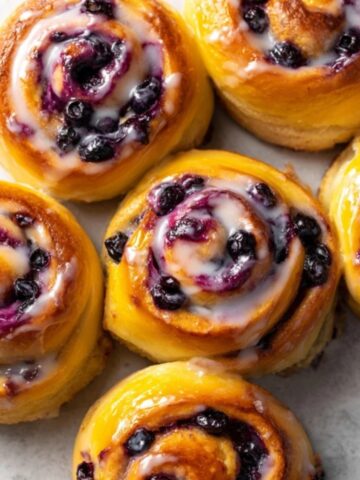
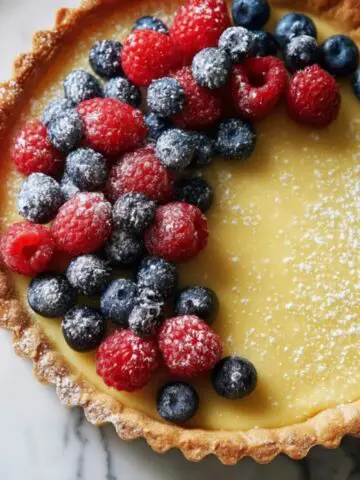
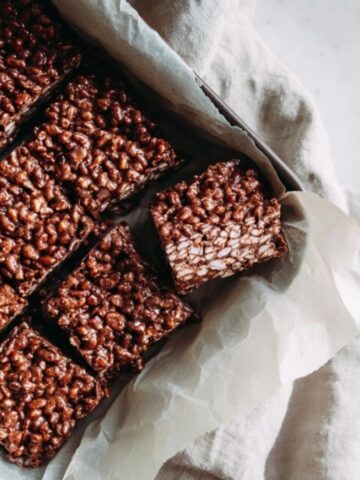
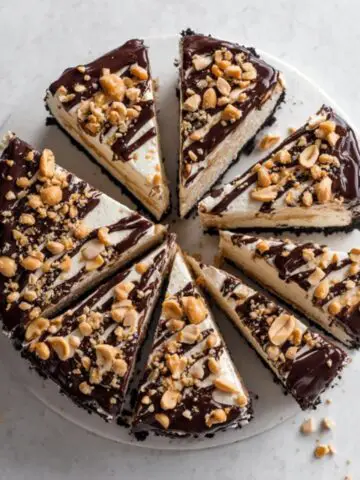
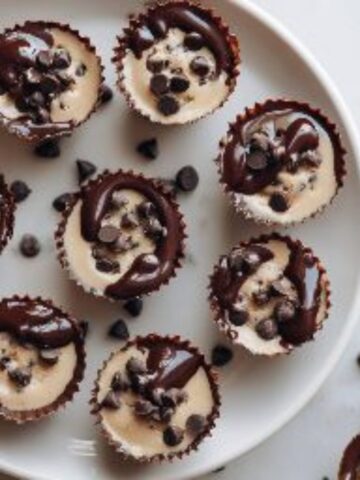
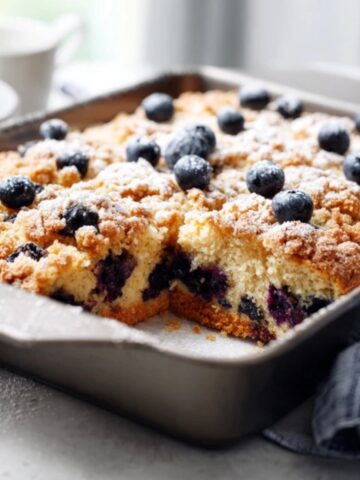
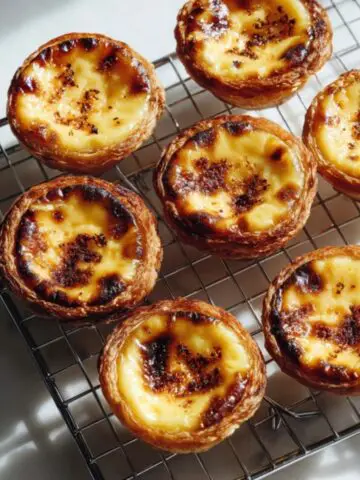
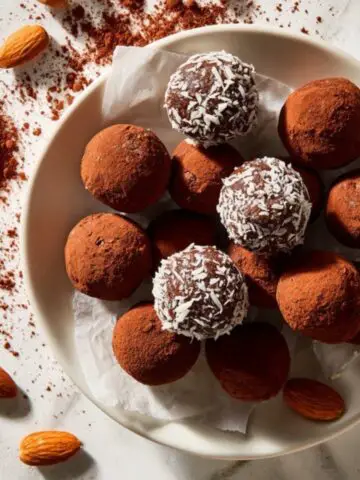
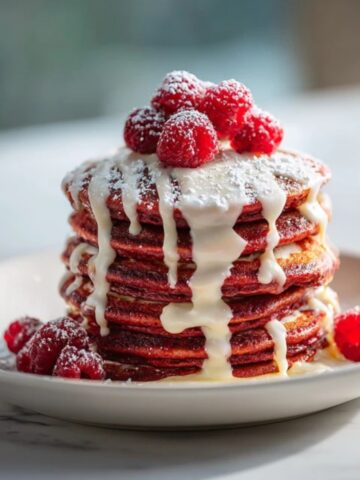
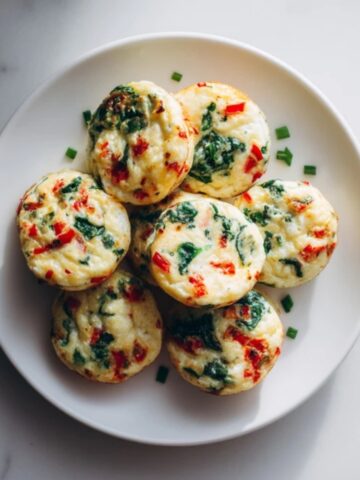
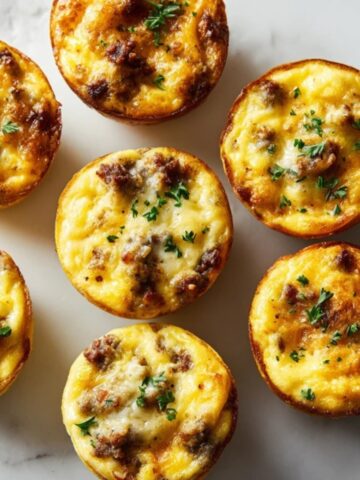
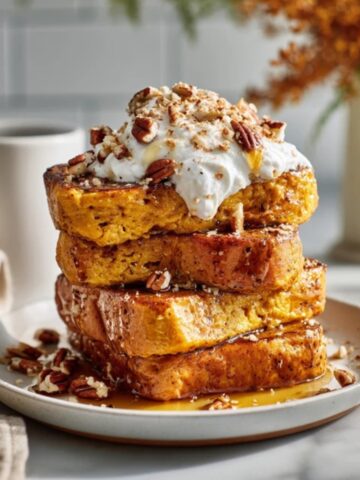
Leave a Reply